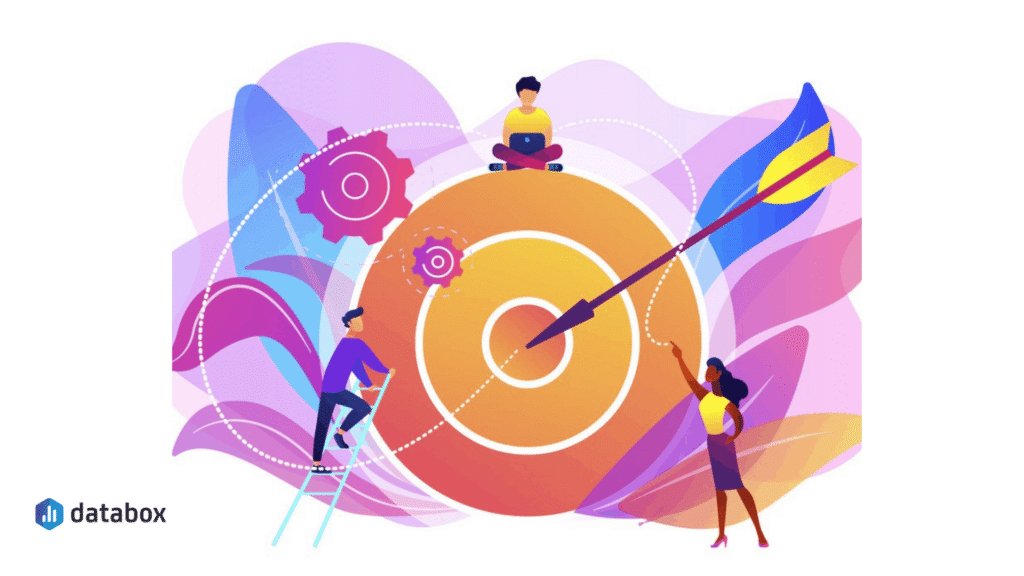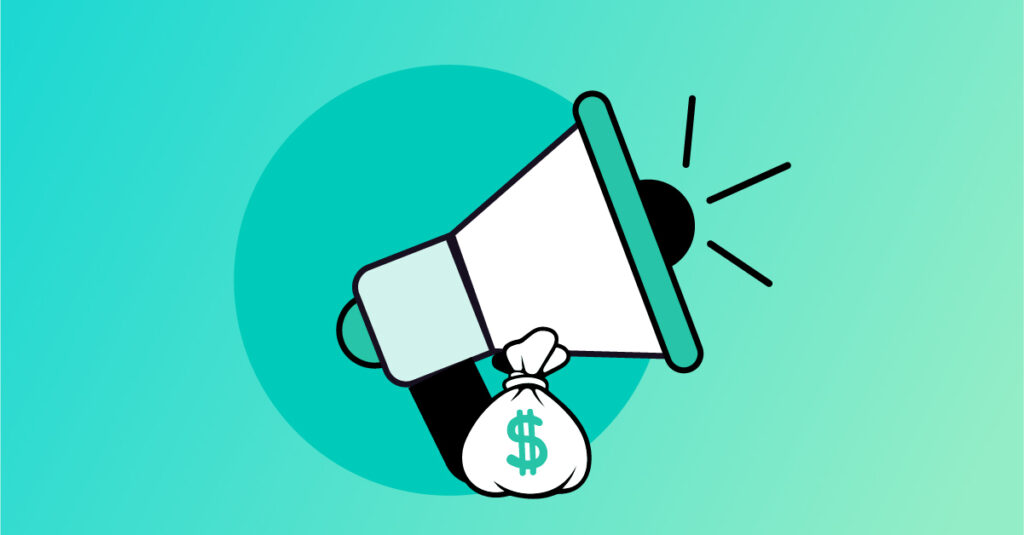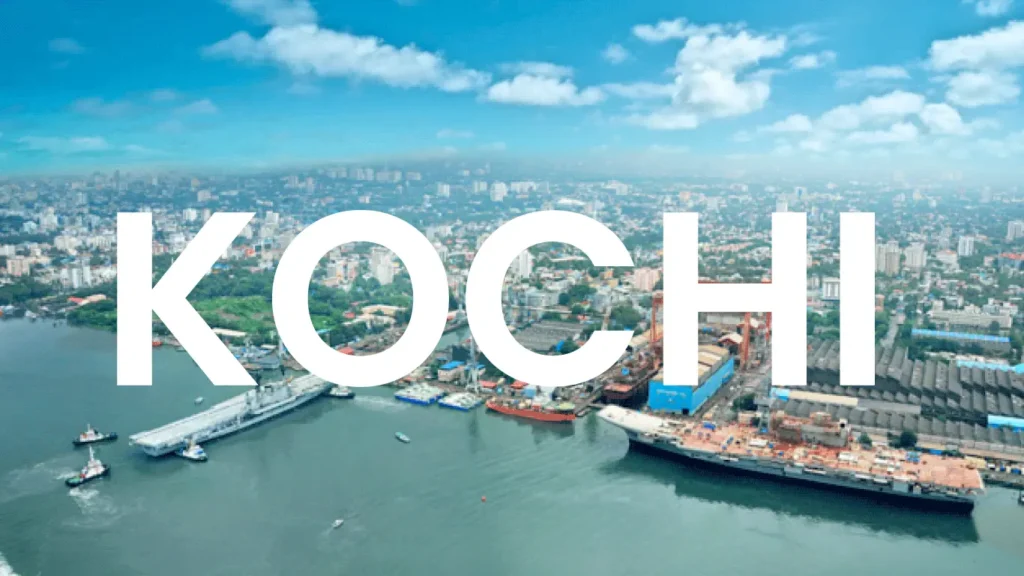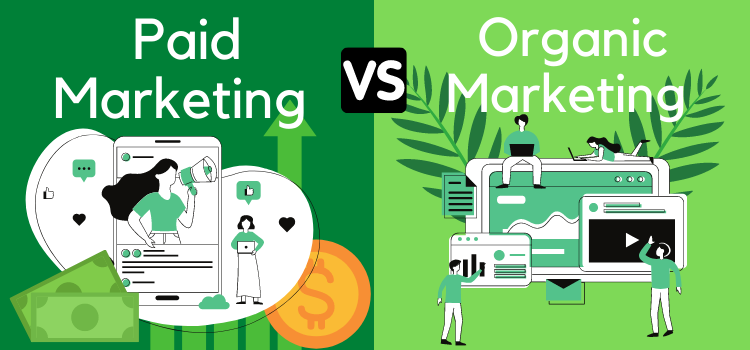
In the dynamic world of digital marketing, businesses often find themselves debating the merits of organic (SEO, content marketing, social media) versus paid (PPC, social media ads) strategies. While Performance Marketing Tactics each has it’s unique strengths, the truth is, the most effective digital marketing campaigns don’t choose one over the other; they seamlessly integrate both.
Think of it as two powerful engines working in tandem to propel your brand forward. When organic and paid strategies intersect, they create a synergistic effect that amplifies reach, boosts conversions, and ultimately drives optimal results.
Let’s dive into how these seemingly distinct approaches can be woven together for unparalleled success.
1. Amplifying Organic Content with Paid Promotion Performance Marketing Tactics

You’ve invested time and resources into creating a high-quality blog post, an in-depth guide, or a compelling video. Why leave its discovery solely to Google’s algorithms?
- Boost Visibility of Evergreen Content: Use paid ads (e.g., Facebook Ads, Google Display Network) to promote your best-performing organic content. This gives it an immediate audience, driving traffic that might otherwise take months to accumulate organically.
- Target Specific Audiences: While organic reach can be broad, paid promotion allows you to precisely target demographics, interests, and behaviors. This ensures your valuable content reaches the people most likely to find it relevant and share it.
- Accelerate SEO Ranking: Increased traffic and engagement from paid promotions can signal to search engines that your content is valuable, potentially accelerating its organic ranking. More shares, longer dwell times, and lower bounce rates (all influenced by paid traffic) contribute positively to SEO.
- Content Repurposing: Take key snippets or visuals from your long-form organic content and turn them into short, punchy paid ads for social media. This extends the lifespan and reach of your content significantly.
2. Performance Marketing Tactics Informing Paid Campaigns with Organic Insights
Your organic efforts are a treasure trove of data. Don’t let it go to waste when planning your paid campaigns.
- Identify High-Performing Keywords: Your SEO data (Google Search Console, analytics) reveals which keywords are driving organic traffic and conversions. Use these insights to inform your PPC keyword strategy, ensuring you’re bidding on terms that genuinely resonate with your audience.
- Discover Top-Performing Content Themes: What blog topics or content formats are generating the most engagement organically? This indicates what your audience is interested in. Use these themes to craft compelling ad copy and landing page content for your paid campaigns.
- A/B Test Ad Copy with Organic Headlines: Before launching a full-scale paid campaign, test various headlines and calls-to-action organically through social media posts or blog titles. The most engaging ones can then be adapted for your paid ads, reducing wasted ad spend.
- Understand User Behavior: Organic analytics provide deep insights into how users navigate your site, where they drop off, and what content they consume. This data is invaluable for optimizing your paid ad landing pages for better conversions.
3. Leveraging Paid Ads for Audience Building & Retargeting
Paid advertising is incredibly powerful for building and segmenting audiences, which can then be nurtured through both paid and organic means.
- Audience Segmentation: Use paid ads to build custom audiences based on website visits, engagement with specific content, or even demographics. These segmented audiences can then be retargeted with highly personalized ads or added to your email marketing lists for organic nurturing.
- Retargeting Engaged Organic Visitors: Did someone visit your product page organically but not convert? Retarget them with a compelling paid ad offering a discount or highlighting a key benefit. This keeps your brand top-of-mind and encourages them to complete the purchase.
- Lead Generation for Organic Nurturing: Run paid campaigns specifically designed to capture leads (e.g., promoting a free ebook or webinar). Once these leads are in your CRM, you can leverage email marketing and other organic channels to nurture them towards conversion.
4. Enhancing Brand Authority and Trust
When your brand consistently appears in both organic search results and paid ad placements, it significantly boosts your authority and trustworthiness.
- Increased SERP Real Estate: Occupying both organic and paid spots on the Search Engine Results Page (SERP) means your brand dominates the valuable screen space, increasing visibility and click-through rates.
- Perceived Credibility: Users often perceive brands that rank highly organically as trustworthy and authoritative. When complemented by professional paid ads, this perception is reinforced, building stronger brand recognition and recall.
- Crisis Management and Reputation Building: In times of negative press, paid ads can be used to promote positive news or official statements, while robust organic content can help maintain a positive brand narrative in search results.
Local Perspective: Digital Marketing in Kochi

For businesses in Kochi, understanding this intersection is even more crucial. While local SEO optimizes your presence for “near me” searches and local directories (organic), targeted Google Ads campaigns using location-specific keywords (paid) can bring immediate foot traffic or online inquiries from the bustling markets of Marine Drive to the tech hubs of Infopark. Promoting your best Malabar food blog organically across social media, then retargeting visitors who showed interest with a paid ad for online delivery, is a perfect example of this synergy in action.
The Bottom Line: A Unified Strategy
In 2025, the most successful digital marketing strategies are not about choosing between organic and paid, but about integrating them into a cohesive, data-driven ecosystem. Use organic insights to refine your paid targeting, and use paid campaigns to accelerate your organic reach and build valuable audiences. By doing so, you’ll not only achieve optimal results but also build a more resilient and impactful presence in the competitive digital landscape.


Amazzzinggggg!!!